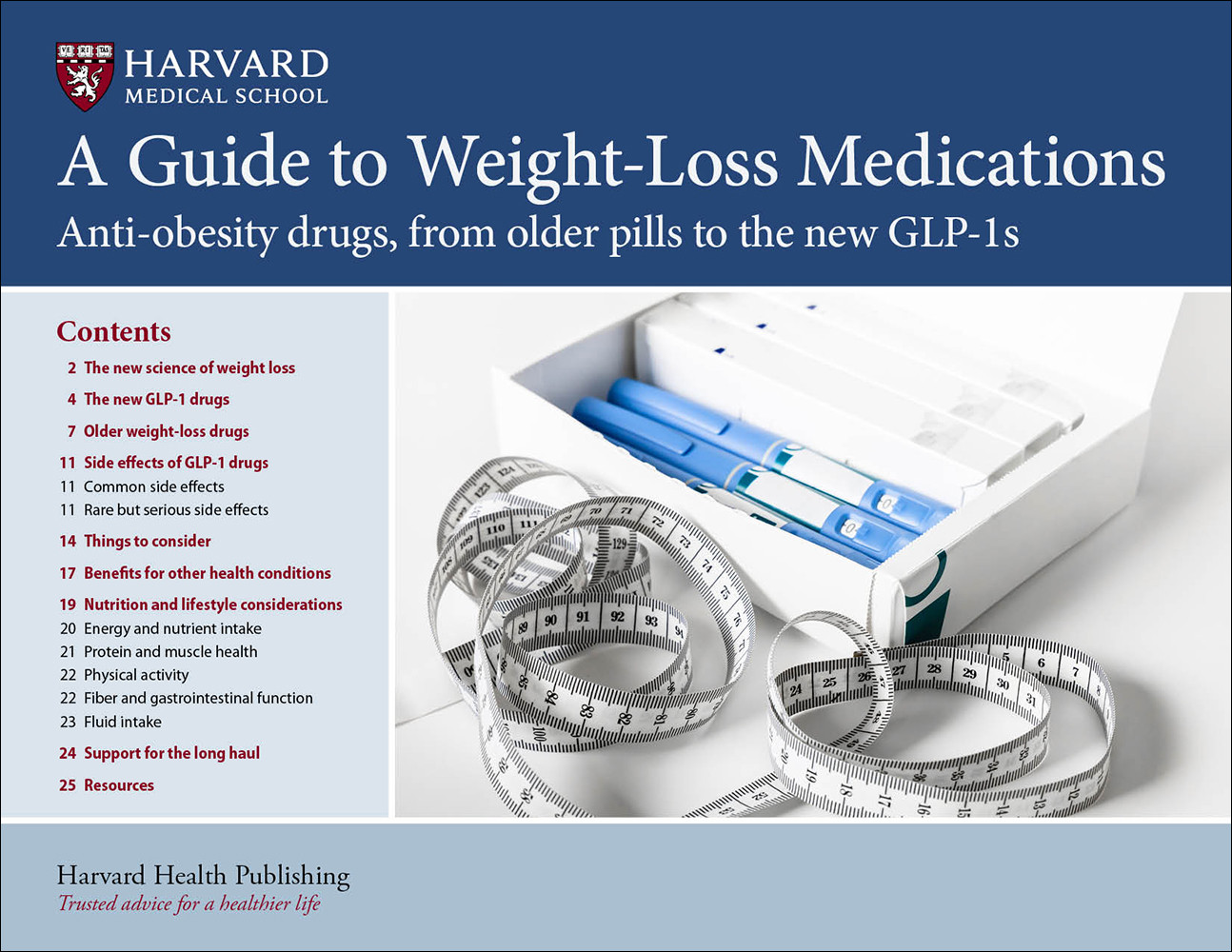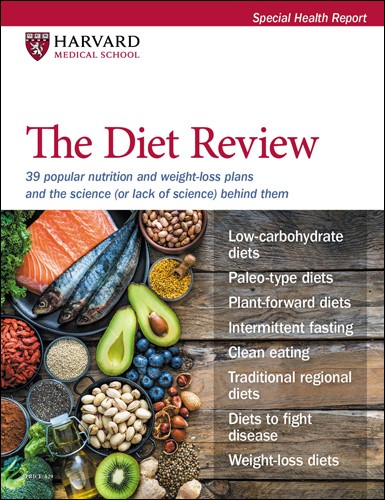How GLP-1 drugs work
Agonists are substances that mimic the actions of certain chemicals in the body—neurotransmitters or hormones—to produce a response upon binding to a specific receptor on a cell. GLP-1 receptor agonist medications mimic the action of glucagon-like peptide 1 (GLP-1), a hormone secreted by your intestines when you eat. GLP-1 and its agonists bind to receptors in the pancreas, activating them to secrete insulin after you eat. Insulin is an essential hormone that moves glucose (sugar) out of your blood and into your cells, where your body can use it for energy. GLP-1 also prevents more glucose from going into your bloodstream by blocking secretion of glucagon, a hormone your body uses to raise your blood sugar levels when necessary. This is why GLP-1 receptor agonists were first used to help treat diabetes.
But GLP-1 and its agonists also activate GLP-1 receptors in the gut and brain that cause you to feel hungry before eating and no longer hungry (sated) after eating. The effects last much longer than those of the GLP-1 produced by your body. These drugs reduce appetite by making you feel full more quickly, so food is less rewarding. They also slow stomach emptying, so you feel full longer. (See Figure 1, page 5.) These combined effects often result in weight loss. In addition to boosting GLP-1, the GLP-1/GIP agonist tirzepatide (Zepbound) mimics the hormone gastric inhibitory polypeptide (GIP), which has similar effects to those of GLP-1.
Weight loss on these drugs can be significant. In clinical trials, which compared people randomly assigned to the active drug or a placebo, participants receiving semaglutide or tirzepatide lost 15% to 20% of their body weight on average. That approaches what people can lose with weight-loss surgery. People in the trials who got placebo injections lost much less weight, about 2.4% to 3.4%. All participants were advised to follow a program of diet and exercise. The higher the dose of the GLP-1 agonist, the greater its effects.
Unlike older weight-loss medications, which are taken as pills, GLP-1 drugs are self-administered via daily or weekly subcutaneous (under the skin) injections using a pre-filled pen. Common injection sites are the stomach, upper leg, or upper arm. They are not injected into a vein or muscle. Liraglutide and semaglutide are the only two of these drugs approved for children ages 12 and older.













